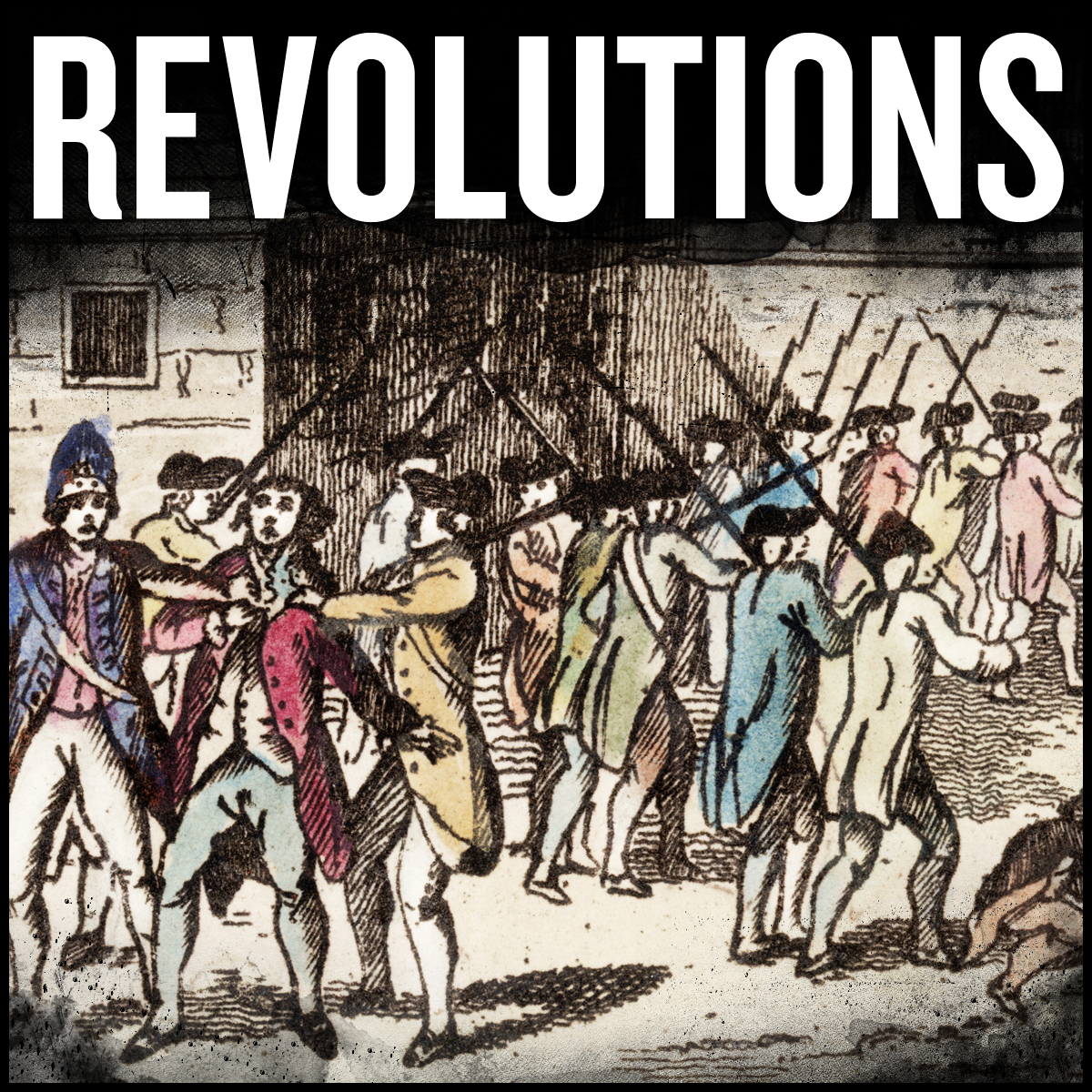
Door Key
I find myself drawn to the more social side of history than dates or battles. While I do think dates and battles are important, I find questions like ‘When did Catherine of Aragon realize she'd lost Henry VIII’s love to Anne Boleyn?’ or ‘Just what exactly was Aaron Burr's deal?’ to be what really fascinates me about history. This is the lens that I view history from on the Door Key Podcast (and the accompanying Substack newsletter) because I'm a dork with a deep love of history who wants to talk about it.
https://doorkey.substack.com/
Door Key
Marie Curie
I would love to hear from you - click here to send Door Key a written message!
This episode discusses Marie Curie, who was born in Warsaw in 1867. She eventually moved to Paris, where she conducted groundbreaking scientific research with her husband Pierre Curie. Marie was the first woman to win a Nobel Prize. Marie and Pierre discovered the elements polonium and radium, and also coined the term ‘radioactivity’. During the First World War, Marie would support the war effort, and invent mobile X-ray units. Marie Curie lived a very full, inspiring life, and has had a continued impact on science and medicine.
☕️ Production & marketing assistance: Coffeelike Media,
https://www.coffeelikemedia.com/
🦉The (Not Boring) Boring Small Business Bookkeeping and Accounting Podcast,
htp://www.buzzsprout.com/2188873
Subscribe to the Door Key Substack newsletter FREE and paid options:
https://doorkey.substack.com/
Follow Door Key on Social Media:
- Facebook: https://www.facebook.com/groups/1040108179952433
- Instagram: https://instagram.com/doorkeypod
- Threads: @doorkeypod
- LinkedIn: http://www.linkedin.com/in/doorkeypod
- Email: doorkeypod@gmail.com
Support Door Key:
- Become a paid subscriber on the Door Key Substack newsletter: https://doorkey.substack.com/
- Buy me a cup of coffee: https://www.buymeacoffee.com/doorkeypod
- Make a donation via PayPal: https://paypal.me/Doorkeypod?country.x=US&locale.x=en_US
- use our Buzzsprout affiliate link to host your podcast on this platform
Marie Curie
A quick disclaimer before this episode starts: There’s a lot of Polish and French words in this episode. My apologies in advance for any mispronunciations. My pronunciation may be flawed, but I promise that all the effort and respect in the world went into it. Thank you so much.
I keep a list of people and events from history that I want to do episodes about on my phone … it’s long, and I’m always adding to it! So when the subject of this episode, Marie Curie was suggested to me, she was already on that list … I just bumped her up to the top!
Her full name was Maria Salomea Sklodowska-Curie, but she’s known to history as Marie Curie, and I can’t wait to talk about her! I’ve admired this woman ever since I was a little girl. She was the first woman to win a Nobel Prize, the first person to win a Nobel Prize twice, and is the only person to win a Nobel Prize in two separate scientific fields … and I’m just getting started! Marie was an amazing, inspiring person, and I’m really excited to talk about her, so I’m going to dive right in!
Marie was born in Warsaw, Poland on November 7, 1867. She was the youngest child of five. Both of her parents were teachers. This all sounds and is wonderful, but unfortunately, the family was going to be hit by a lot …
To begin with, Poland was part of Russia at the time, and Marie’s parents lost their family money in uprisings hoping to restore Poland's independence. Marie’s father taught mathematics and physics, and was also director of two secondary schools for boys in Warsaw. But then Russian authorities put a stop to laboratory instruction in Polish schools. Marie’s dad brought a lot of the laboratory equipment from the school home, and taught his children how to use it all. He was eventually fired for what they called pro-Polish sentiments. Along with all that, the family also lost money on a bad investment, and eventually supplemented their income by lodging boys in their home.
Marie’s oldest sibling, Zofia, would die of typhus, then her mother would die three years later of tuberculosis. Marie would have been ten years old. I can’t even imagine. After this, Marie went to a boarding school, then graduated from a girls’ school in June of 1883.
Marie spent the next few years in the countryside with relatives of her father, and then with her father in Warsaw.
Marie wasn’t able to enroll in college because she was a woman. So Marie and her sister Bronislawa got involved with what was called the Flying University. This was a secretive Polish college that admitted women students, which good for them! The two sisters made a pact: Marie agreed to help Bronislawa pay for medical school in Paris, and Bronislawa agreed that she would help Marie two years later. To pay for her end of this deal, Marie got a job as a tutor in Warsaw, then worked as a governess. While there, she fell in love with the family’s son, Kazimierz, who would go on to be a prominent mathematician. His parents were against this match though, as Marie was broke. Both Marie and Kazimierz were brokenhearted by this, but there wasn’t anything they could do about it.
Once Bronislawa got to Paris, she met and married a Polish doctor and social and political activist. She sent Marie a letter inviting her to join them in Paris. Marie had to say no because she couldn’t afford college tuition. She wouldn’t be able to get enough money together herself for another year and a half. Marie would begin her scientific training in a chemistry laboratory at the Museum of Industry and Agriculture near Warsaw’s Old Town. This lab was run by Marie’s cousin, who had been an assistant in Saint Petersburg to the chemist and inventor Dmitri Mendeleyev.
Then, in late 1891, Marie left Poland for France. She lived with her sister and brother-in-law for a short time in Paris, then she rented a loft in the Latin Quarter, which was closer to her school. She attended the University of Paris, where she studied physics, chemistry, and mathematics. She studied during the day and tutored evenings. It was really difficult, but in 1893, Marie got her degree in physics, and began work in an industrial laboratory. Meanwhile, she was still studying at the University of Paris, and would go on to earn a second degree in 1894.
Marie began her scientific career in Paris by investigating magnetic properties of various steels. This work was commissioned by the Society for the Encouragement of National Industry. This is also when Marie would meet Pierre Curie. They were introduced by the Polish physicist Józef Wierusz-Kowalski. Marie and Pierre’s mutual interest in natural sciences is what brought them together, and they would eventually marry. I love this so much. So this is silly, but in my head, I very affectionately think of the married authors Percy and Mary Shelly as everyone’s sort of collective goth auntie and uncle. In that same affectionate way, I imagine Marie and Pierre Curie as everyone’s science nerd auntie and uncle. Pierre was a teacher at The City of Paris Industrial Physics and Chemistry Higher Educational Institution. At the time, a joke was made that Marie was ‘Pierre's biggest discovery’. Which, I mean … seriously, how cute is that??!
Marie and Pierre got married on July 26, 1895. Neither wanted a religious service. Marie wore a dark blue dress. This dress would also be her laboratory outfit for years. These two didn’t just enjoy science – they also enjoyed long bicycle trips and travelling. In Pierre, Marie found love, and a scientific collaborator that she could depend. I love this for her so much!
Aside from everyone’s science nerd auntie and uncle getting married, this was a really exciting time to be into science. In 1895, a man named Wilhelm Röntgen discovered the existence of X-rays, although they weren’t exactly sure how they were made yet. Then a year later, a man named Henri Becquerel discovered that uranium salts emitted rays that were like X-rays in their penetrating power. He showed that this radiation, unlike phosphorescence, didn’t depend on an outside source of energy, but seemed to come from the uranium itself. Marie paid attention to these important discoveries, and decided to look into uranium rays as a possible field of research for a thesis.
Pierre had previously developed a version of an electrometer that measured electric charge. Marie used this device, and discovered that uranium rays caused the air around a sample of uranium to conduct electricity. Marie found that the activity of these rays depended on the size of the sample of uranium.
In 1897, Marie and Pierre had a daughter that they would name Irène. Marie began teaching at a super prestigious college called the École Normale Supérieure.
The Curies did not have a dedicated laboratory. Most of their research was carried out in a converted shed, which had once been a medical school dissecting room. It was poorly ventilated, and not waterproof. This sounds grim, but I think it shows their dedication to the work that The Curies worked in these conditions.
Marie earned money from metallurgical and mining companies, and from various organizations and governments. Neither Marie or Pierre were aware of the harmful effects of the radiation that they were exposed to due to their continued unprotected work.
Marie began to look for other substances that would emit radiation, and by 1898 she discovered that the element thorium was also radioactive. Pierre was intrigued by her work, and by mid-1898 he was so invested in it that he decided to drop his own work and joined her.
But Marie was going to make sure she received the credit for the work she did. In a biography about Marie, author Robert William Reid would say this: ‘The research idea was her own; no one helped her formulate it, and although she took it to her husband for his opinion, she clearly established her ownership of it. She later recorded the fact twice in her biography of her husband to ensure there was no chance of any ambiguity. It is likely that she realized that ... many scientists would find it difficult to believe that a woman could be capable of the original work in which she was involved.’ Good for you, Marie! Way to know your own worth!
Not only did Marie understand the importance of getting credited for her work, she also knew how important it was to get her work published quickly to establish it as hers in the first place. To make sure she got her credit, Marie published a short and simple account of her work as quickly as possible. Unfortunately, the point she’d been trying to make in this paper, that thorium gives off rays in the same way as uranium, had been made in a paper two months before by a man in Germany. So Marie lost that race. But one line she had written in that paper would go on to prove that she had discovered something even greater: that there may be more minerals even more radioactive than uranium. Here’s that line: ‘The fact is very remarkable, and leads to the belief that these minerals may contain an element which is much more active than uranium.’
On April 14, 1898, the Curies weighed out a 100-gram sample of pitchblende and ground it with a pestle and mortar. They didn’t realize that what they were searching for was there, but it was in such tiny amounts that they would eventually have to process tons of the ore.
Marie and Piere published a joint paper announcing the existence of an element they named ‘polonium’, in honor of Marie’s native Poland. On December 26, 1898, they announced the existence of a second element, which they named ‘radium’, from the Latin word for ‘ray’. During their research, they also coined the word ‘radioactivity’.
To prove their discoveries, the Curies sought to isolate polonium and radium in pure form. This turned out to be really, really difficult. By 1898 they were able to get traces of radium, but these traces were contaminated.
The Curies kept trying. In 1902, they separated one-tenth of a gram of radium chloride, and then in 1910, Marie isolated pure radium metal. Marie never succeeded in isolating polonium, which has a half-life of only 138 days.
The Curies were busy though! Between 1898 and 1902, they published, jointly or separately, a total of 32 scientific papers. One of those papers said that when exposed to radium, diseased tumor-forming cells were destroyed faster than healthy cells.
In 1902 Marie’s father died, and she went back to Poland for a bit.
In June 1903, Marie got her doctorate from the University of Paris. That month the couple were invited to the Royal Institution in London to give a speech on radioactivity. This was exciting, but Marie wasn’t allowed to speak there as she was a woman, only Pierre was allowed to.
Meanwhile, a new industry began developing based on radium, which I won’t go on any further about, as it’s a whole episode of its own. The Curies didn’t patent their discovery of radium, so didn’t really benefit from this profitable business.
In December 1903, Marie Curie, Pierre Curie, and Henri Becquerel were awarded the Nobel Prize in Physics. At first, the committee had intended to honor only Pierre and Henri. But Pierre was told of this ahead of time. He complained, and Marie's name was added to the nomination. I love that Pierre stood up for Marie like that! Marie Curie would be the first woman to be awarded a Nobel Prize.
Marie and Pierre didn’t go to Stockholm to receive their Nobel prize in person. They were too busy with their work. But Nobel winners were required to deliver a lecture, so the Curies finally took the trip in 1905. They used their award money to hire their first laboratory assistant.
The University of Paris gave Pierre a professorship and made him the chair of physics. However, the Curies still didn’t have a proper laboratory. Pierre complained about this, and the University finally agreed to provide a new laboratory, which yay. But this lab wouldn’t be ready until 1906.
In December 1904, Marie gave birth to their second daughter, Ève. Marie hired Polish governesses to teach her daughters her native language. Marie would also send or take her daughters on visits to Poland.
Then, on April 19, 1906, Pierre was walking in heavy rain. He was hit by a horse-drawn vehicle and fell under its wheels. This accident killed Pierre instantly. Marie was devastated by Pierre’s death. I’m devastated!
On May 13, 1906 the University of Paris’ physics department offered Marie Pierre’s chair position. Marie accepted it, hoping to create a world-class laboratory as a tribute to Pierre. Marie was the first woman to become a professor at the University of Paris.
However, Marie's quest to create a new laboratory didn’t end here. In her later years, she headed the Radium Institute, a radioactivity laboratory created for her by the Pasteur Institute and the University of Paris.
It wasn’t until 1909 when Marie had to consider leaving for a different position before The University of Paris finally built Marie a laboratory.
In 1910 Marie finally succeeded in isolating radium. She also defined an international standard for radioactive emissions that was eventually named for her and Pierre: the curie. But, in 1911 the French Academy of Sciences failed to elect her to membership in the academy. They gave it to a man who had helped develop the wireless telegraph instead. It wouldn’t be until over 50 years later, in 1962, that a woman would be elected to membership in the academy.
Marie did have some scandal in her life: in 1911, it was revealed that Marie had been involved in an affair for a year with physicist Paul Langevin, who was a former student of Pierre's. This sounds worse than it was. Just to be perfectly clear, Marie did not cheat on Pierre with Paul. This relationship between Marie and Paul happened after Pierre’s death. I’m using the work ‘affair’ because Paul was also married, but he was estranged from his wife. So while this relationship doesn’t seem like that big of a deal in today’s society, it was super scandalous for 1911. Marie was in her mid-40s by this point, and was five years older than Paul. When the scandal broke, she was away at a conference in Belgium. When she returned home, there were angry people in front of her house, and she and her daughters had to go stay at a friends’ house.
Even through this scandal, Marie was recognized internationally for her work, and she was given the Nobel Prize in Chemistry in 1911. However, due to the negative publicity, the chair of the Nobel committee tried to stop Marie from attending the ceremony, citing quote ‘her questionable moral standing’. Marie replied that she would be present at the ceremony, because she’d earned it, and that her scientific work had no relation to her private life. Which … fair.
Winning her second Nobel Prize enabled Marie to convince the French government to support the Radium Institute, which was built in 1914.
For most of 1912, she avoided public life, but did spend time in England with her friend and fellow physicist, Hertha Ayrton. Marie wouldn’t return to her laboratory until December, after taking a break for about 14 months.
In 1912 the Warsaw Scientific Society offered Marie the directorship of a new laboratory in Warsaw, but Marie declined this offer. Instead, Marie focused on the Radium Institute that was developing in Paris. It would be finished in August 1914, and be on a new street named Rue Pierre-Curie (now rue Pierre-et-Marie-Curie).
Marie was appointed director of the Curie Laboratory in the Radium Institute. The institute's development was interrupted by World War I. Most researchers were drafted into the French Army. It fully resumed its activities in 1919.
During World War I, Marie saw that wounded soldiers would be best helped if they were operated on as soon as possible. She saw that there was a need for field radiological centers near the front lines to help battlefield surgeons.
So what did Marie do? After reviewing radiology, anatomy, and automotive mechanics, Marie got X-ray equipment, cars, and auxiliary generators. Using all this, Marie developed mobile radiography units, which came to be known as petites Curies (‘Little Curies’). I know I’m saying this like it was no big deal, and it might not have been for someone as intelligent as Marie Curie, but … she learned things from what was an entirely different field for her, and then applied that new knowledge and invented an entirely new diagnostic machine that would best help wounded soldiers! That’s amazing to me!
Marie became the director of the Red Cross Radiology Service, and set up France's first military radiology center, which was operational by late 1914. She was helped by a military doctor and her 17-year-old daughter Irène. Marie directed the installation of 20 mobile radiological vehicles and another 200 radiological units at field hospitals in the first year of the war. Later, she began training other women as aides.
In 1915, Marie produced hollow needles containing "radium emanation", a colorless, radioactive gas given off by radium to be used for sterilizing infected tissue. This gas would later be identified as radon. Marie provided the radium from her own one-gram supply. It’s estimated that over a million wounded soldiers were treated with her X-ray units.
In spite of all Marie’s humanitarian contributions to the French war effort, Marie never received any formal recognition of it from the French government.
Also, right after the war started, Marie attempted to donate her Nobel Prize medals that were gold to the war effort, but the French National Bank refused to accept them. Marie bought war bonds using her Nobel Prize money. She said:
‘I am going to give up the little gold I possess. I shall add to this the scientific medals, which are quite useless to me. There is something else: by sheer laziness I had allowed the money for my second Nobel Prize to remain in Stockholm in Swedish crowns. This is the chief part of what we possess. I should like to bring it back here and invest it in war loans. The state needs it. Only, I have no illusions: this money will probably be lost.’
In 1920, for the 25th anniversary of the discovery of radium, the French government did establish a stipend for her.
In 1921, Marie was given a huge welcome in the US when she toured there to raise funds for research on radium. U.S. President Warren G. Harding received her at the White House to present her with 1 gram of radium collected in the US.
In 1922 Marie became a fellow of the French Academy of Medicine. She also travelled to other countries, appearing publicly and giving lectures in Belgium, Brazil, Spain, and Czechoslovakia.
In August 1922 Marie Curie became a member of the League of Nations' International Committee on Intellectual Cooperation. She sat on this committee until 1934, and contributed to League of Nations' scientific coordination with other prominent researchers like Albert Einstein.
In 1923 she wrote a biography of her late husband, titled Pierre Curie.
In 1925 Marie visited Poland to participate in a ceremony laying the foundations for Warsaw's Radium Institute.
Marie’s second American tour in 1929 succeeded in equipping the Warsaw Radium Institute with radium. The Institute opened in 1932, with Marie’s sister Bronisława as its director.
Marie was uncomfortable with all the publicity that her scientific work generated, but she dealt with it because it provided resources needed for her work.
In 1930, Marie was elected to the International Atomic Weights Committee, which she served on for the rest of her life.
Marie Curie would visit Poland for the last time in early 1934. A few months later, on July 4, 1934, she died in the hospital in France from aplastic anemia. She was 66 years old. The aplastic anemia is believed to have been caused by her long-term exposure to radiation, causing damage to her bone marrow.
This is awful, but like I said earlier, the damaging effects of radiation weren’t known at the time.
Marie carried test tubes containing radioactive isotopes in her pocket, and stored them in her desk drawer, remarking on the faint light that the substances gave off in the dark. She was also exposed to X-rays from unshielded equipment while serving as a radiologist in field hospitals during the First World War.
Marie was buried at the cemetery in Sceaux, alongside her husband Pierre. Sixty years later, in 1995, in honor of their achievements, the remains of both Marie and Pierre were transferred to the Paris Panthéon. Their remains were sealed in lead lining because of the radioactivity.
Marie became the second woman to be interred at the Panthéon, and was the first woman to be honored with interment in the Panthéon on her own merits.
Because of their levels of radioactive contamination, Marie’s papers from the 1890s are considered too dangerous to handle. Even her cookbooks are highly radioactive. Her papers are kept in lead-lined boxes, and those who wish to consult them must wear protective clothing.
And that’s the story of Marie Curie. I really admire her, and admire all her contributions to science. And don’t even get me started on how cool I think the Petite Curies are. The fact that Marie was able to just sort of throw those together and help over a million soldiers just blows my mind! Marie Curie was a super impressive person, and I really enjoyed telling her story! I think science owes a great debt of gratitude to Marie Curie!
I’m going to end this episode with a portion of a letter that Albert Einstein wrote to Marie Curie in November 1911: ‘Highly esteemed Mrs. Curie, I am impelled to tell you how much I have come to admire your intellect, your drive, and your honesty, and that I consider myself lucky to have made your personal acquittance in Brussels.’
Biography.com / Smithsonionmag.com / Britannica / Wikipedia
Editing and marketing assistance provided by Stephanie Fuccio of Coffeelike Media
Podcasts we love
Check out these other fine podcasts recommended by us, not an algorithm.

Vulgar History: Regency Era
Vulgar History | Realm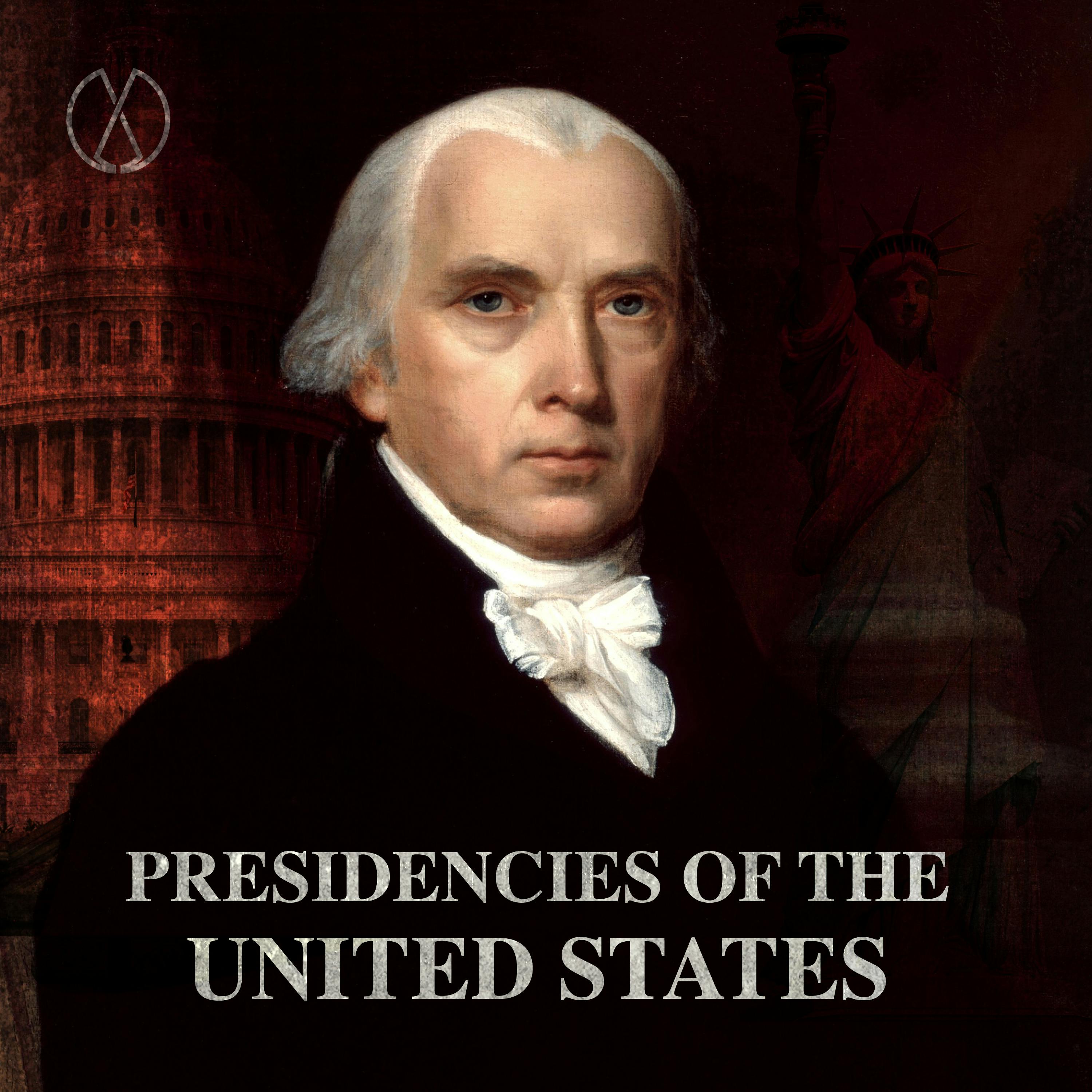
Presidencies of the United States
Evergreen Podcasts
World Herstory
Tabitha Bear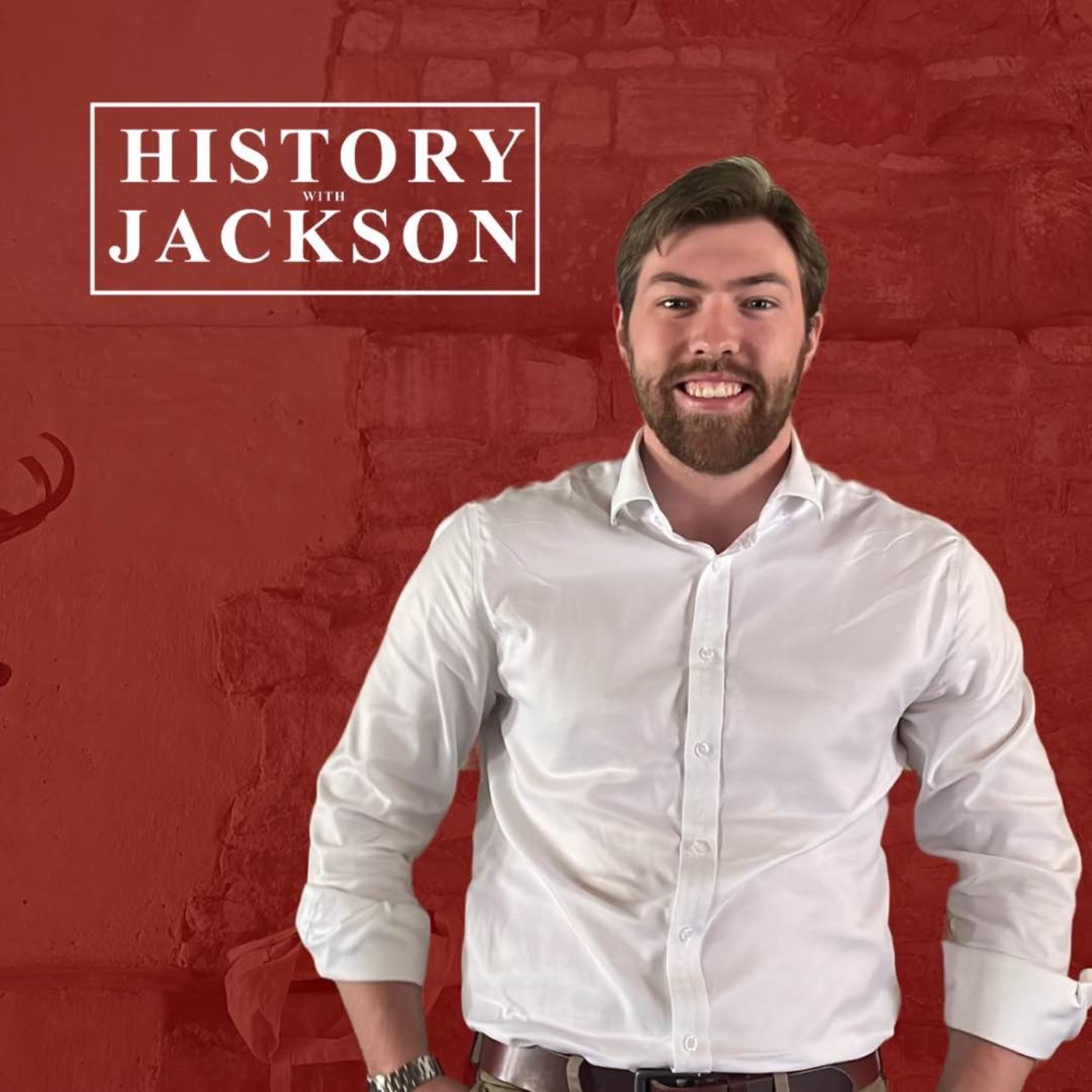
History with Jackson
History with Jackson
Civics & Coffee: A History Podcast
Alycia Asai
Deep into History
Deep into History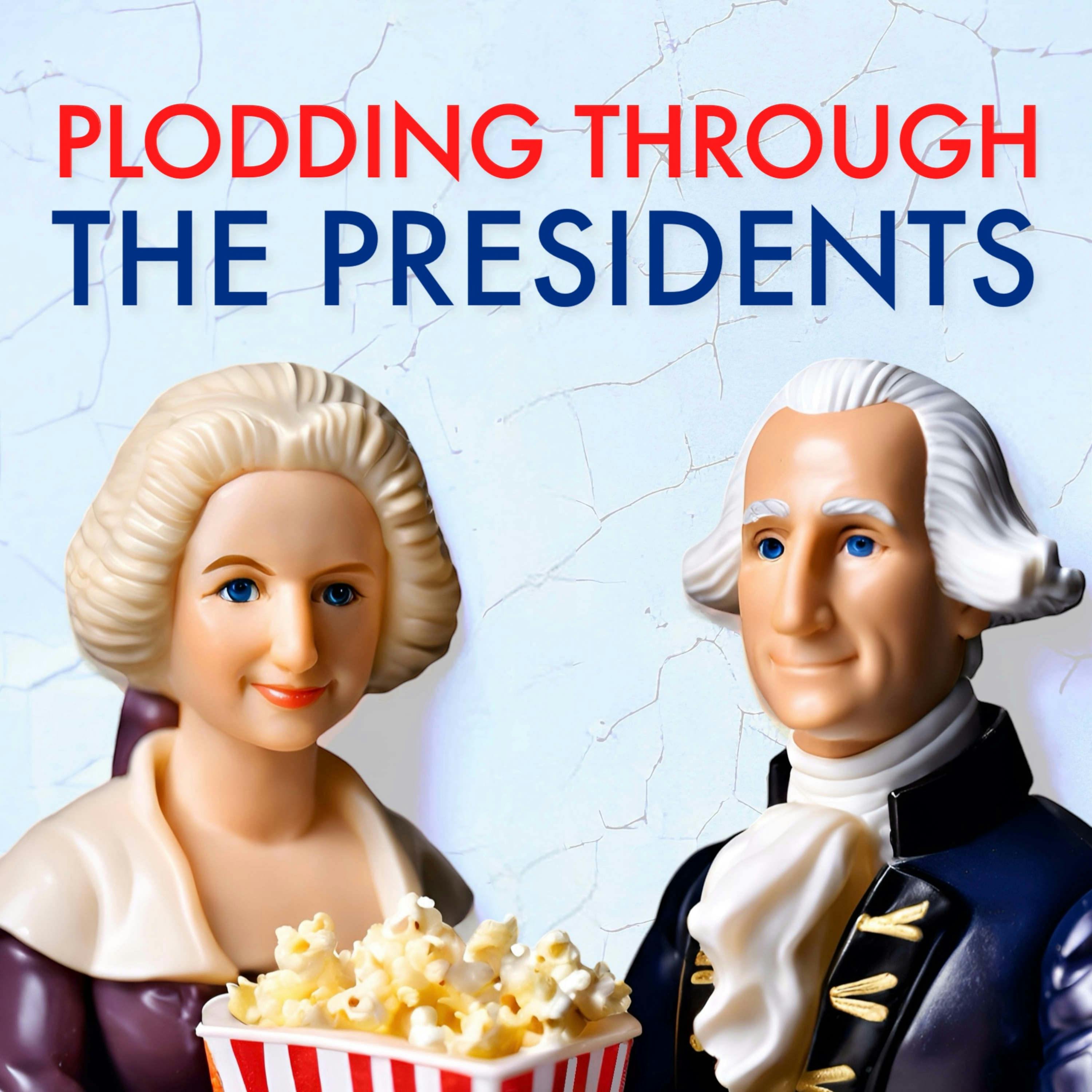
Plodding Through The Presidents
Howard & Jessica Dorre
You're Wrong About
Sarah Marshall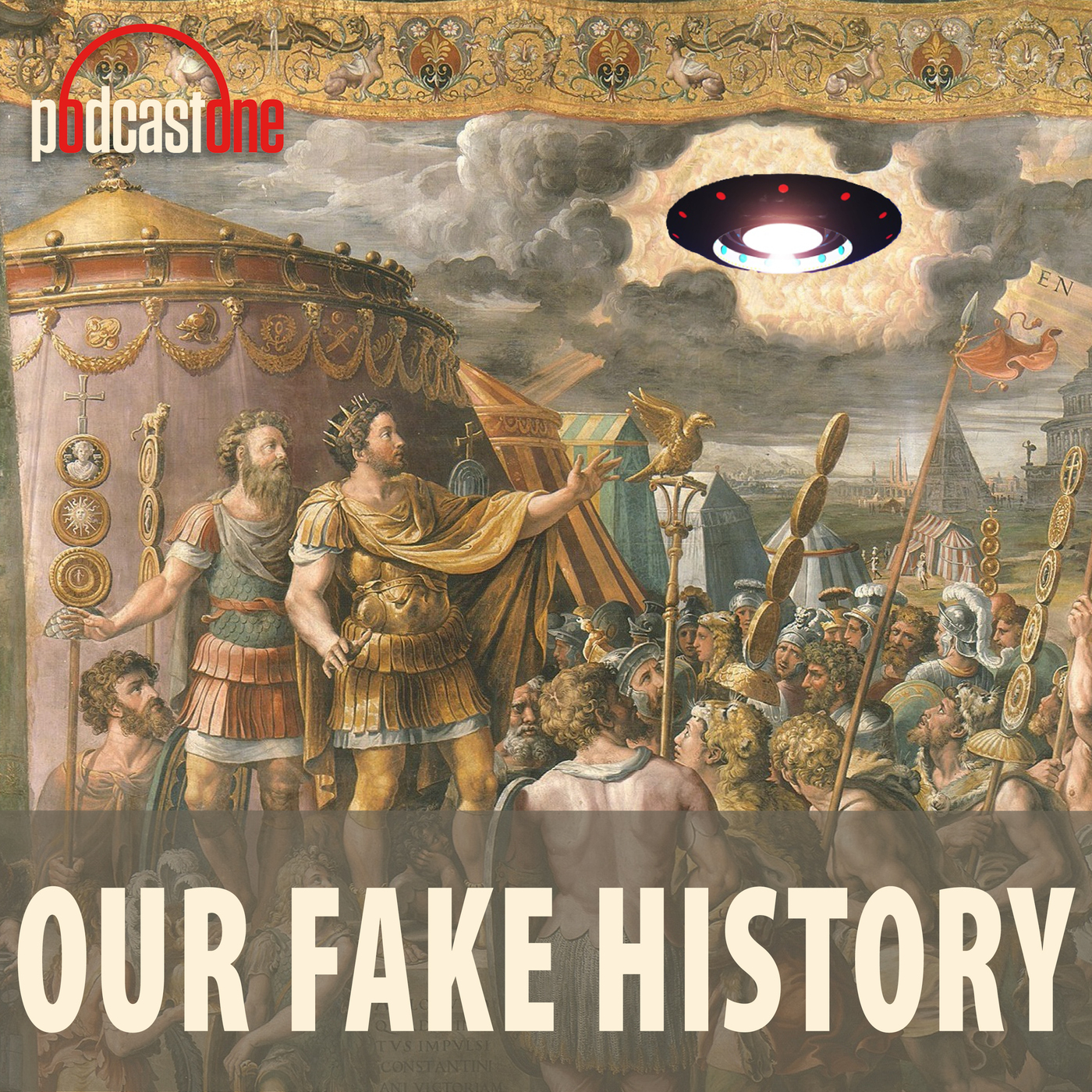
Our Fake History
PodcastOne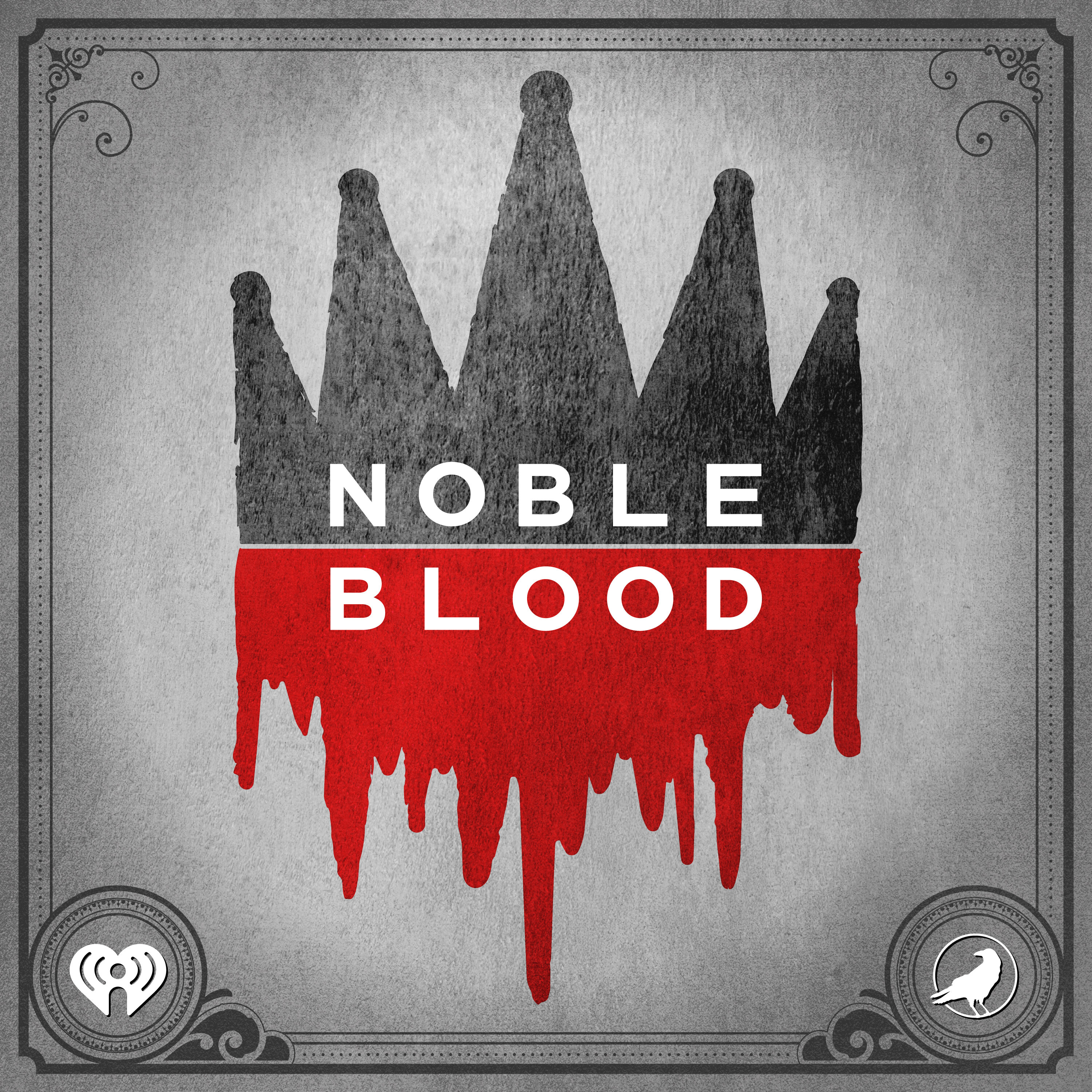
Noble Blood
iHeartPodcasts and Grim & Mild